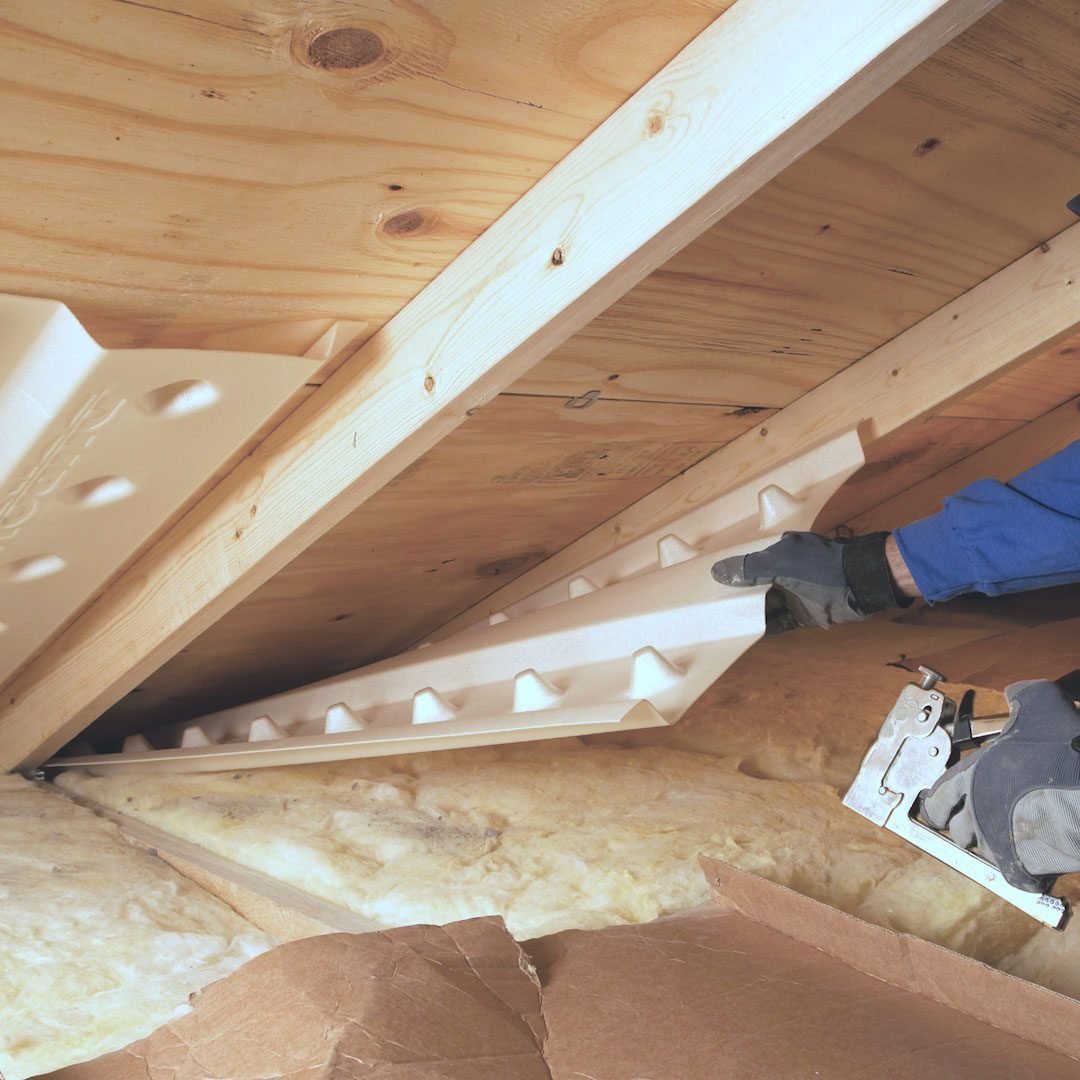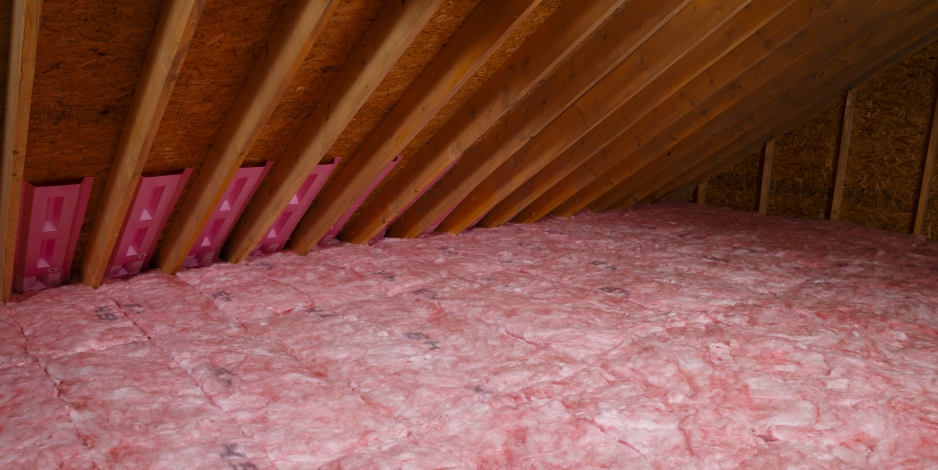The Ultimate Overview to Selecting the Right Attic Insulation DFW Solutions
Discover the Various Kinds Of Attic Insulation and Their One-of-a-kind Advantages for Your Home's Energy Efficiency

Fiberglass Insulation
Fiberglass insulation is just one of one of the most generally utilized products for attic insulation due to its excellent thermal performance and cost-effectiveness. Made up of small glass fibers, this product efficiently catches air, creating a protecting obstacle that aids preserve regular indoor temperatures. Its high R-value per inch makes it specifically efficient at withstanding warm transfer, which is vital for energy preservation in homes.
Setup of fiberglass insulation is reasonably uncomplicated, usually offered in batts or loose-fill kinds, fitting numerous attic setups. Additionally, it is immune and non-combustible to wetness, minimizing the danger of mold and mildew development. This toughness contributes to its durability, making fiberglass a feasible long-term financial investment for homeowners.
Additionally, fiberglass insulation is usually manufactured from recycled materials, which enhances its eco-friendliness. The product can also add to soundproofing, decreasing noise transfer between areas. While it is crucial to use protective gear during installation to avoid irritation from the fibers, the overall benefits of fiberglass insulation, consisting of power savings and environmental considerations, make it a popular selection for improving attic room performance and promoting a comfy living environment.
Spray Foam Insulation
Spray foam insulation is an extremely reliable option for attic insulation, known for its remarkable air securing and thermal efficiency. This innovative insulation material is made up of a blend of isocyanate and polyol material, which, when integrated, expands rapidly to fill gaps and tooth cavities in the attic room space. Its capability to stick to numerous surfaces ensures a constant barrier against air leaks, significantly minimizing warmth loss during chillier months and heat gain throughout warmer periods.
One of the key advantages of spray foam insulation is its high R-value per inch, which suggests it supplies outstanding thermal resistance in a reasonably slim application. This is particularly useful in attics where space is usually minimal. Additionally, spray foam can aid decrease dampness accumulation, lowering the risk of mold and mildew development, which can be harmful to both the framework and interior air quality.
While the initial price of spray foam insulation may be greater than traditional options, its lasting power financial savings, coupled with raised comfort and boosted home value, make it a beneficial financial investment for property owners looking for enhanced energy performance. Attic Insulation DFW. Overall, spray foam insulation stands out as an efficient remedy for optimizing attic insulation
Cellulose Insulation

Cellulose insulation is a preferred selection for attic insulation, largely composed of recycled paper items treated with fire retardants. This eco-friendly option is known for its excellent thermal efficiency, efficiently reducing heat transfer in both summer and winter season. The dense make-up of cellulose allows it to fill voids and voids in attic room spaces, giving a smooth barrier against air leakages.
Among the significant advantages of cellulose insulation is its ability to withstand mold and mildew and bugs, owing to the fire resistant treatments made use of throughout production. In addition, it boasts a high R-value per inch, which equates into remarkable energy effectiveness. Homeowners can expect lower home heating and air conditioning costs as a result of boosted insulation.
Setup is generally achieved via blowing loosened cellulose into the preferred location, permitting a quick and reliable procedure. This approach additionally decreases disruption to the existing structure. In addition, cellulose insulation has a relatively low environmental effect, as its manufacturing procedure makes use of recycled products, adding to sustainable building practices.
Rock Wool Insulation
Among the various options for attic insulation, rock wool, likewise understood as mineral woollen, stands apart because of its outstanding thermal and acoustic efficiency. Made from recycled or all-natural products, rock woollen is produced by melting rock and rotating it right into fibers, resulting in a product that supplies superb insulation buildings.
Among the substantial benefits of rock woollen insulation is its high R-value, which suggests its effectiveness in resisting warmth circulation. This characteristic not only boosts power effectiveness however likewise adds to preserving a comfortable indoor temperature level year-round. Furthermore, rock wool is inherently fireproof, making it a much safer choice for homes as it can endure high temperatures without melting or launching hazardous fumes.
Additionally, rock wool insulation succeeds in soundproofing capabilities, effectively reducing sound transmission in between areas and from outdoors resources. On the whole, rock woollen insulation gives an extensive remedy for improving power efficiency, safety and security, and convenience in household settings.
Glowing Barrier Insulation
Glowing barrier insulation serves as a reliable remedy for minimizing warmth transfer in attic rooms, specifically in warmer climates. This kind of insulation jobs by reflecting induction heat far from living spaces, thereby lowering the quantity of heat that enters a home during heat - Attic Insulation DFW. Usually made up of a very reflective material, such as aluminum foil, glowing barriers are mounted in attic rooms, facing the roofing, this post where they can intercept inbound warmth from the sunlight
The main advantage of glowing barrier insulation is its capability to lower cooling expenses. By showing warm instead of absorbing it, radiant obstacles can assist keep a much more steady indoor temperature, decreasing the workload on a/c systems. This effectiveness equates into lower energy expenses and enhanced comfort for home owners.
Along with energy savings, radiant obstacles can also add to boosted interior air quality. By minimizing warmth buildup, they assist decrease moisture levels, which can avoid mold development and improve overall air blood circulation. When mounted properly, radiant obstacle insulation can be an indispensable addition to any kind of energy-efficient home, making it a deserving consideration for homeowners looking to boost their attic room insulation method.
Verdict
In verdict, recognizing the various kinds of attic insulation-- fiberglass, spray foam, cellulose, rock wool, and glowing obstacles-- allows home owners to make informed choices relating to energy performance. Each insulation kind provides special advantages, such as premium thermal resistance, wetness management, and audio attenuation. By choosing the ideal insulation material, substantial reductions in energy important source prices can be achieved, together with enhancements in indoor convenience. Ultimately, the ideal selection adds to a much more lasting living environment and advertises overall energy preservation.

In final thought, understanding the see this numerous kinds of attic insulation-- fiberglass, spray foam, cellulose, rock woollen, and radiant obstacles-- enables home owners to make enlightened decisions regarding power efficiency.